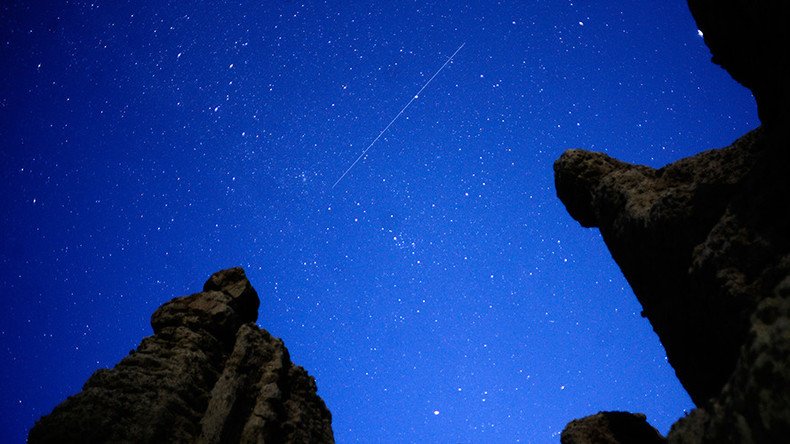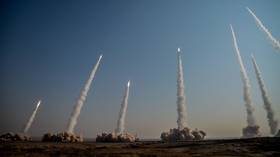Orionids meteor shower: All you need to know about this dazzling sky show

The Orionids are set to peak this weekend, lighting up night skies with a dazzling display of streaking meteors, which – happily for space enthusiasts – can be viewed from anywhere on Earth.
In advance of the impressive show, here’s RT’s primer on the annual meteor shower and how to view it.
What are the Orionids?

The Orionids are made up of remnants from Haley’s Comet – considered the universe’s most famous comet. It last visited Earth in 1986 and is projected to return in 2061. However, every year between October and November Earth's orbit around the sun crosses paths, with debris from the comet creating the Orionids.
These meteors are known as some of the brightest and fastest of all showers due to the almost-head-on collision between our planet and the comet particles. The name comes from the constellation Orion from where the meteors appear to radiate.
READ MORE: Perseids meteor shower: What you need to know
When will they peak?
The Orionids are generally visible between October 2 and November 7, reaching peak visibility between October 20 and October 22. This year the peak is expected on October 20 – a dark moonless night, according to NASA.
While the number of meteors per hour can reach up to 80, this year’s events are expected to be at the lower scale of between 20 and 30, NASA meteor expert Bill Cooke told Space.com. Rates have been low during the first half of the 2010s, according to the International Meteor Organization.
AccuWeather Senior Meteorologist and astronomy blogger Dave Samuhel said the shower is likely to produce between 10 and 20 meteors per hour in the period before dawn. He predicted the best viewing for the Northern Hemisphere will be after midnight Friday.
Keen observers are advised to start watching the skies ahead of the peak, however, to catch an early glimpse of the stunning meteors.
Woah.... just saw a shooting star facing south on 495… Bright!!...I assume from Orionids??....dang! Anyone else just see that?
— Jeremy Reiner (@jreineron7) October 18, 2017
How can I best view the show?
The meteors will be visible anywhere across the sky from anywhere on Earth – provided you have cloudless skies overhead. It’s not necessary to stare directly towards Orion to see the meteors.












